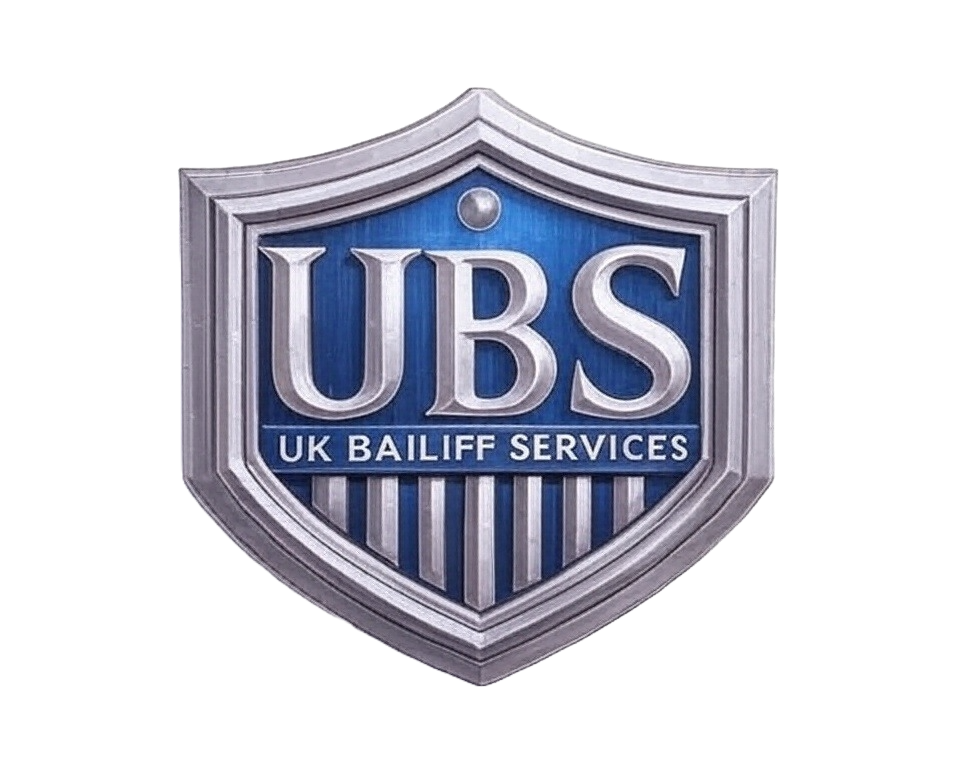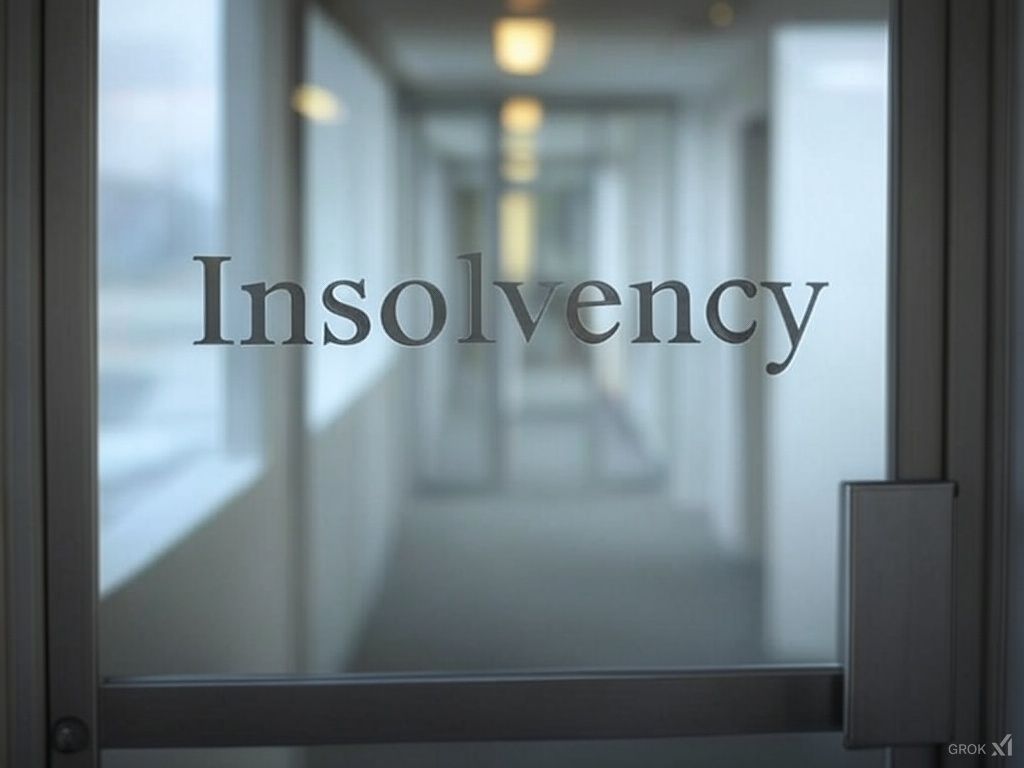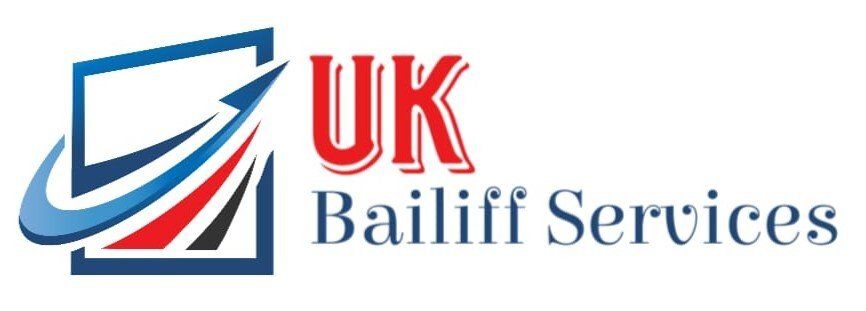 UK Bailiffs
UK Bailiffs
- Enforcement Services ▾
CRARRecover unpaid commercial rent without court action.Traveller EvictionsRemove trespassers and regain control of land quickly.Lease ForfeitureRepossess commercial property due to lease breach.Excluded OccupiersEvict licensees or lodgers without court proceedings.Grazing Horse RemovalServe notice and remove illegally grazed horses.Abandoned CarsIdentify and remove dumped or unwanted vehicles.Evict Rough SleepersRemove tents and illegal encampments from private land.Process ServingNationwide service of legal and court documents.
- Additional Services ▾
K9 SecurityProfessional dog handlers for property protection.Private InvestigationsSurveillance, tracing, and background checks.Locksmiths and ShuttersEntry, boarding up & shutter work via UK Locksmiths.
- Information ▾
- Client Login
Understanding Companies in Liquidation, Administration, and CVAs: Moratoriums and Their Impact on Enforcement Action
When a company faces financial distress in the UK, it may enter an insolvency process such as liquidation, administration, or a Company Voluntary Arrangement (CVA). Each procedure involves specific rules and protections, including moratoriums, that can halt creditors’ enforcement actions—particularly Commercial Rent Arrears Recovery (CRAR) and lease forfeitures.
At UK Bailiffs, we’re breaking down these processes, the roles of liquidators and administrators, and how UK legislation, including the transformative Corporate Insolvency and Governance Act 2020 (CIGA), shapes enforcement options. With practical examples, we’ll show how these rules affect landlords and creditors.

Companies in Liquidation: Liquidator Appointed
Liquidation winds up a company, selling its assets to pay creditors before dissolution. It comes in two forms: Compulsory Liquidation and Creditors’ Voluntary Liquidation (CVL).
- Compulsory Liquidation: Initiated by a court order (often via a creditor’s petition under Section 122 of the Insolvency Act 1986), an Official Receiver or insolvency practitioner becomes the liquidator. A statutory moratorium begins with the winding-up order (Section 130(2)), barring creditor actions like enforcement without court approval.
- Creditors’ Voluntary Liquidation (CVL): Directors propose, and shareholders (75% approval) agree to wind up, appointing a liquidator. No automatic moratorium applies, but a stay can be sought (Section 112).
Impact on Enforcement:
- CRAR: In compulsory liquidation, CRAR stops post-winding-up order unless permitted by the court. In CVL, CRAR can proceed unless stayed, though liquidators may claim seized goods under their control (Section 144), complicating enforcement post-seizure but pre-sale.
- Lease Forfeitures: Compulsory liquidation blocks forfeiture without court consent; CVL allows it (e.g., peaceable re-entry) if the lease permits, but liquidators may contest if assets are at stake.
Example : A retailer in compulsory liquidation owes £20,000 in rent. The landlord’s CRAR attempt post-order is blocked by the moratorium, requiring court permission to proceed, balancing their loss against creditor interests.
Administration: Notice to Appoint an Administrator
Administration seeks to rescue a company or optimize creditor returns, managed by an administrator appointed via court or out-of-court routes (Schedule B1, Insolvency Act 1986). Filing a notice of intention to appoint triggers an interim moratorium(up to 10 business days), followed by a full statutory moratorium upon appointment.
- Interim Moratorium: Halts creditor actions from the filing date.
- Statutory Moratorium: Continues throughout administration, requiring administrator or court consent for enforcement.
Impact on Enforcement:
- CRAR: Paused during both moratoriums. Seized goods cannot be sold without approval.
- Lease Forfeitures: Forfeiture is barred unless consented to, assuming the lease includes a forfeiture clause, prioritising rescue efforts.
Example : A manufacturer files a notice to appoint an administrator. A landlord, owed £15,000, halts mid-CRAR due to the interim moratorium. In administration, the landlord negotiates premises use, claiming rent as an expense ahead of other debts.
Company Voluntary Arrangement (CVA)
A CVA restructures debts via an agreement supervised by an insolvency practitioner, needing 75% creditor approval (Part I, Insolvency Act 1986). No automatic moratorium applies unless paired with administration, but CIGA 2020 introduced a standalone moratorium under Part A1 of the Insolvency Act 1986.
- Standalone Moratorium Details: Lasts 20 business days, extendable to 40 days by directors or longer with creditor/court consent. A monitor oversees it, ensuring rescue viability. It halts CRAR, forfeiture, and legal actions unless the monitor or court allows them. Pre-moratorium rent arrears get a payment holiday, but ongoing rent must be paid.
Impact on Enforcement:
- CRAR: Without a moratorium, CRAR proceeds unless the CVA restricts it. With CIGA’s moratorium, it’s paused—pre-moratorium seizures stop, and goods may return to the company.
- Lease Forfeitures: Forfeiture is possible pre-CVA unless a moratorium applies, provided the lease allows it. Post-approval, CVA terms may limit action on old breaches, but new defaults remain enforceable.
Example : A café chain proposes a CVA to halve rent arrears and enters a CIGA moratorium. The landlord, mid-CRAR for £10,000, pauses. If the CVA succeeds, enforcement aligns with its terms; otherwise, CRAR resumes post-moratorium.
The Corporate Insolvency and Governance Act 2020 (CIGA 2020): A Game-Changer
Introduced in June 2020 amid the COVID-19 crisis, CIGA amended the Insolvency Act 1986 to offer debtor-friendly tools. Key features include:
- Standalone Moratorium: Gives companies breathing space to pursue rescue, supervised by a monitor. Freezes CRAR and forfeiture.
- Restructuring Plan: Under Part 26A of the Companies Act 2006, binds dissenting creditors to a debt plan. No automatic moratorium.
- Ipso Facto Ban: Stops suppliers terminating contracts due to insolvency, indirectly supporting tenancies.
Temporary measures (now expired) included a forfeiture ban for rent arrears (until March 2022) and winding-up restrictions (until September 2021).
UK Legislation Governing Moratoriums
- Insolvency Act 1986: Core framework for liquidation (Section 130), administration (Schedule B1), and CVAs (Part I), now enhanced by CIGA’s Part A1.
- CIGA 2020: Adds flexible rescue tools, balancing debtor protection with creditor oversight.
- Tribunals, Courts and Enforcement Act 2007: Regulates CRAR (Schedule 12), requiring seven days’ notice for commercial leases.
Practical Considerations for Enforcement Agents and Landlords
- Timing: Monitor Companies House for insolvency filings—acting post-moratorium risks futility.
- Court Permission: In compulsory liquidation or administration, assess court approval costs versus recovery potential.
- Monitor Engagement: In a CIGA moratorium, negotiate with the monitor for exceptions, though courts rarely overrule them.
- CVA Terms: Review approved CVAs to clarify enforcement limits.
Scenario : A warehouse tenant enters administration. CRAR for £30,000 stops, but the administrator trades on, paying ongoing rent as an expense—outpacing forfeiture’s yield.
Conclusion
Insolvency processes—liquidation, administration, and CVAs—create a complex enforcement landscape, with moratoriums rooted in the Insolvency Act 1986 and CIGA 2020 often pausing CRAR and lease forfeitures. CIGA’s standalone moratorium, in particular, offers companies a vital lifeline, reshaping creditor strategies. At UK Bailiffs, we urge staying proactive: track company filings, engage insolvency practitioners, and act within legal bounds to maximize recovery while respecting UK law.


